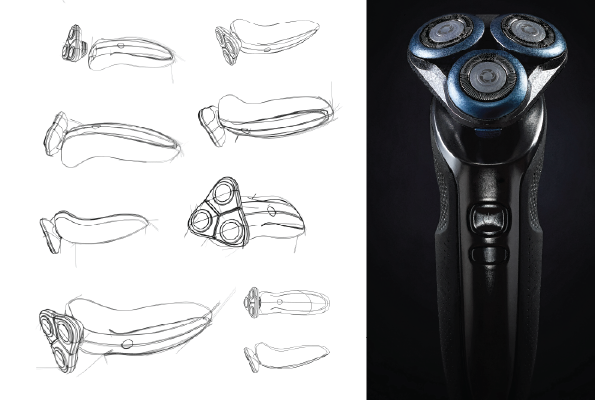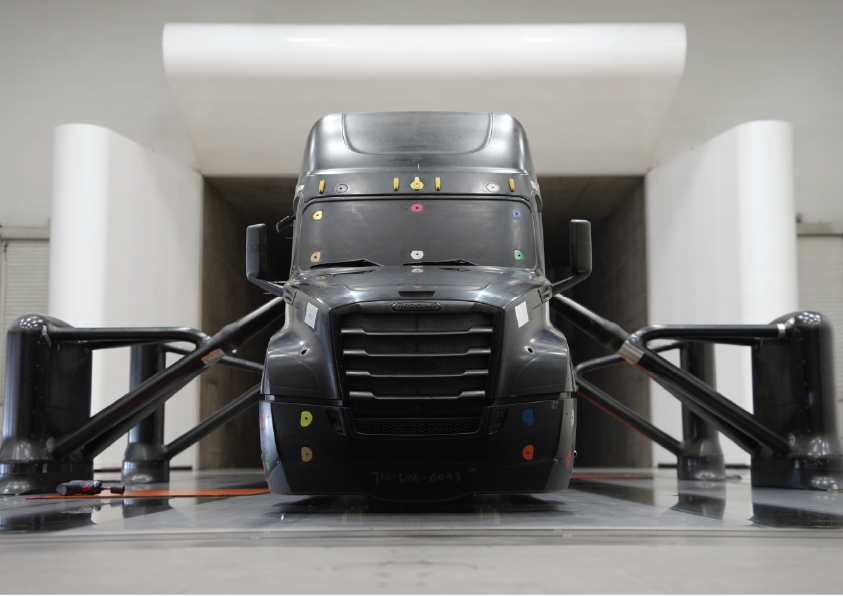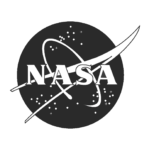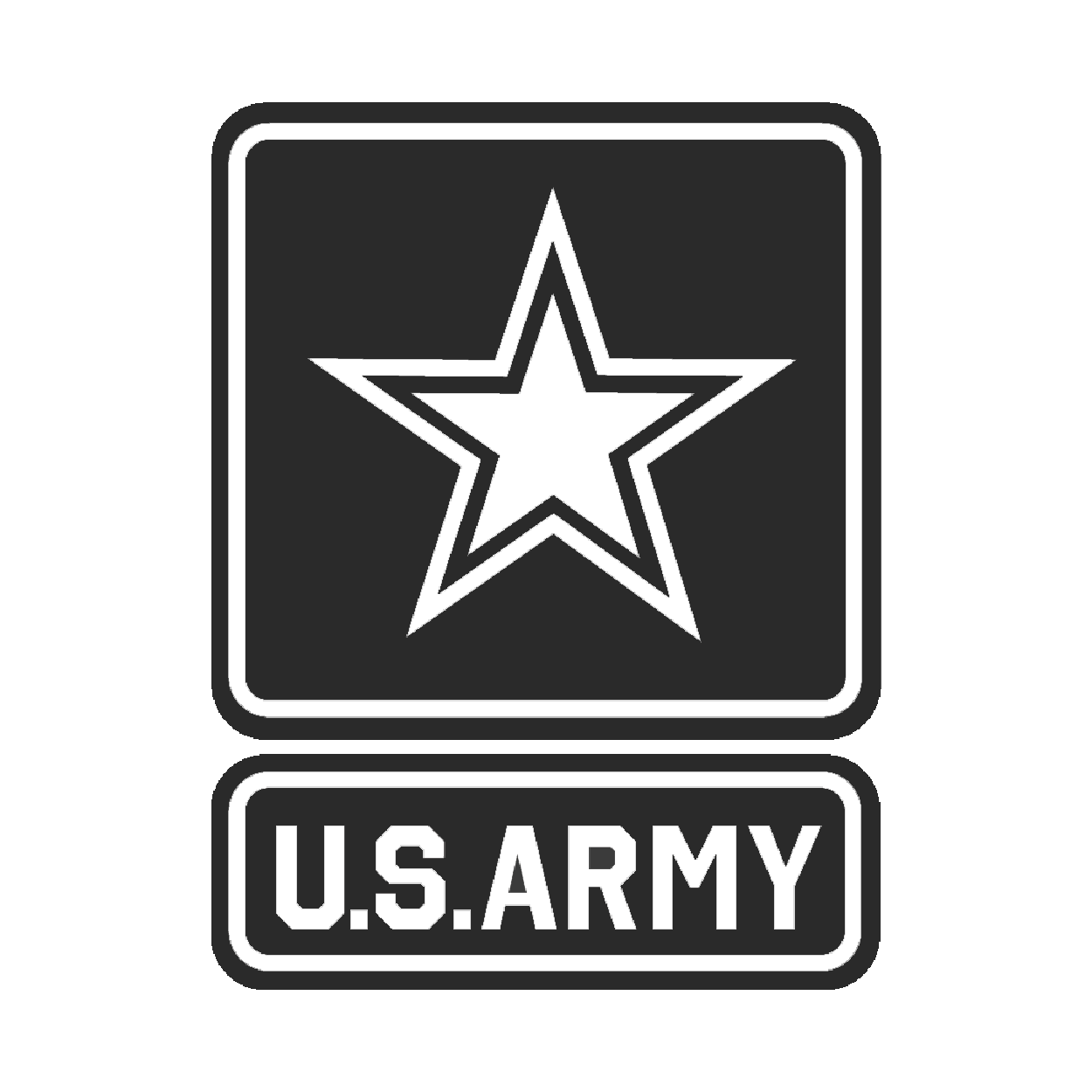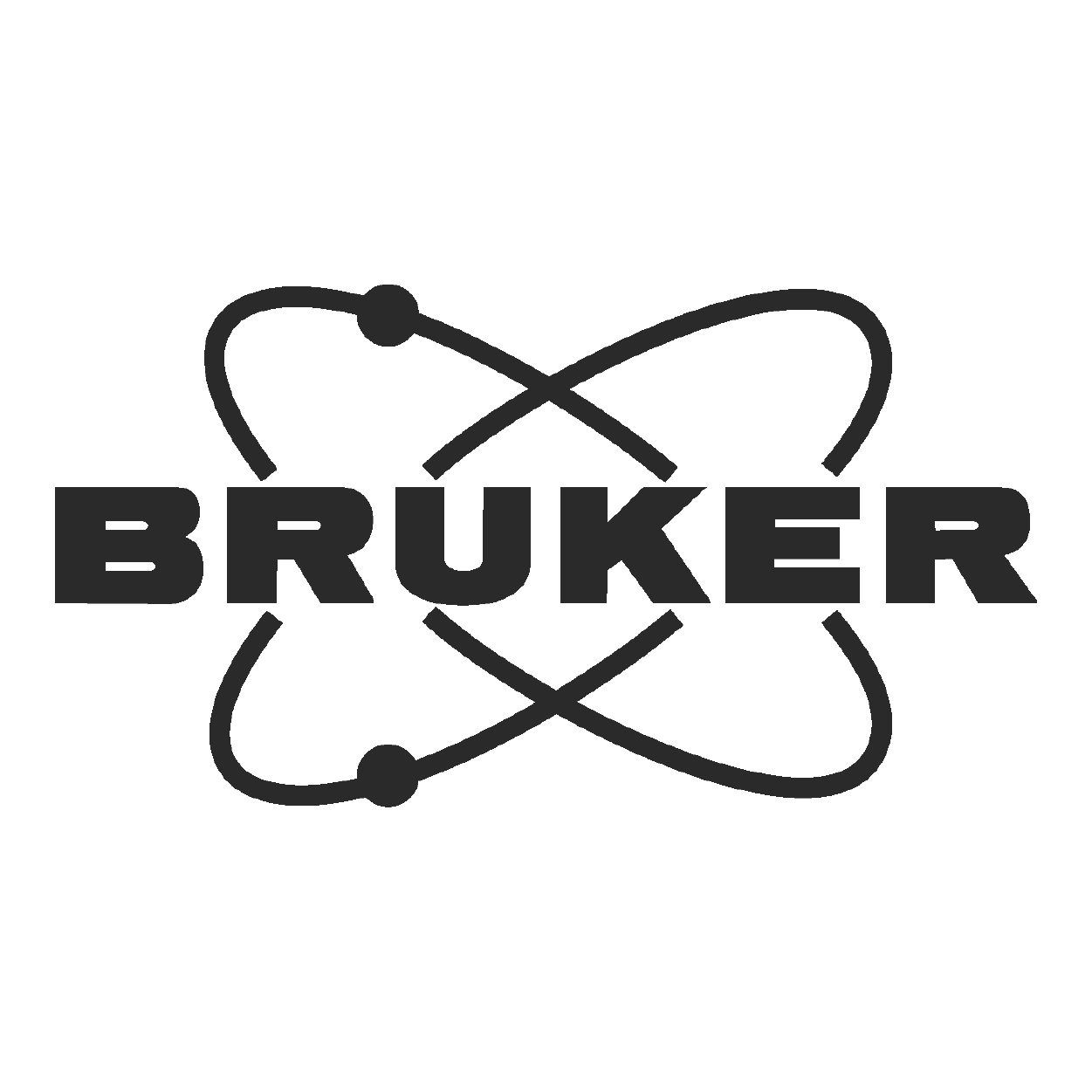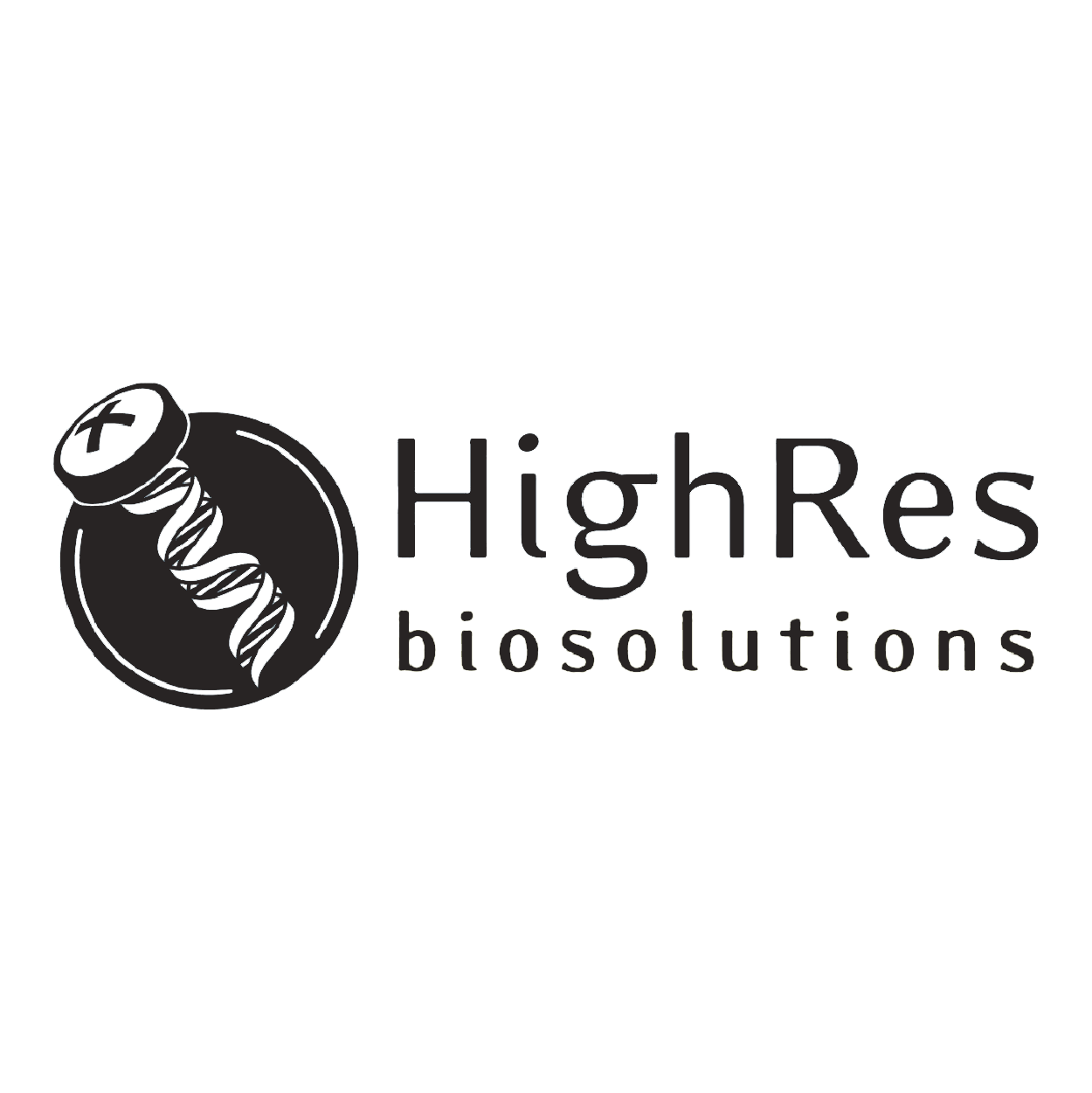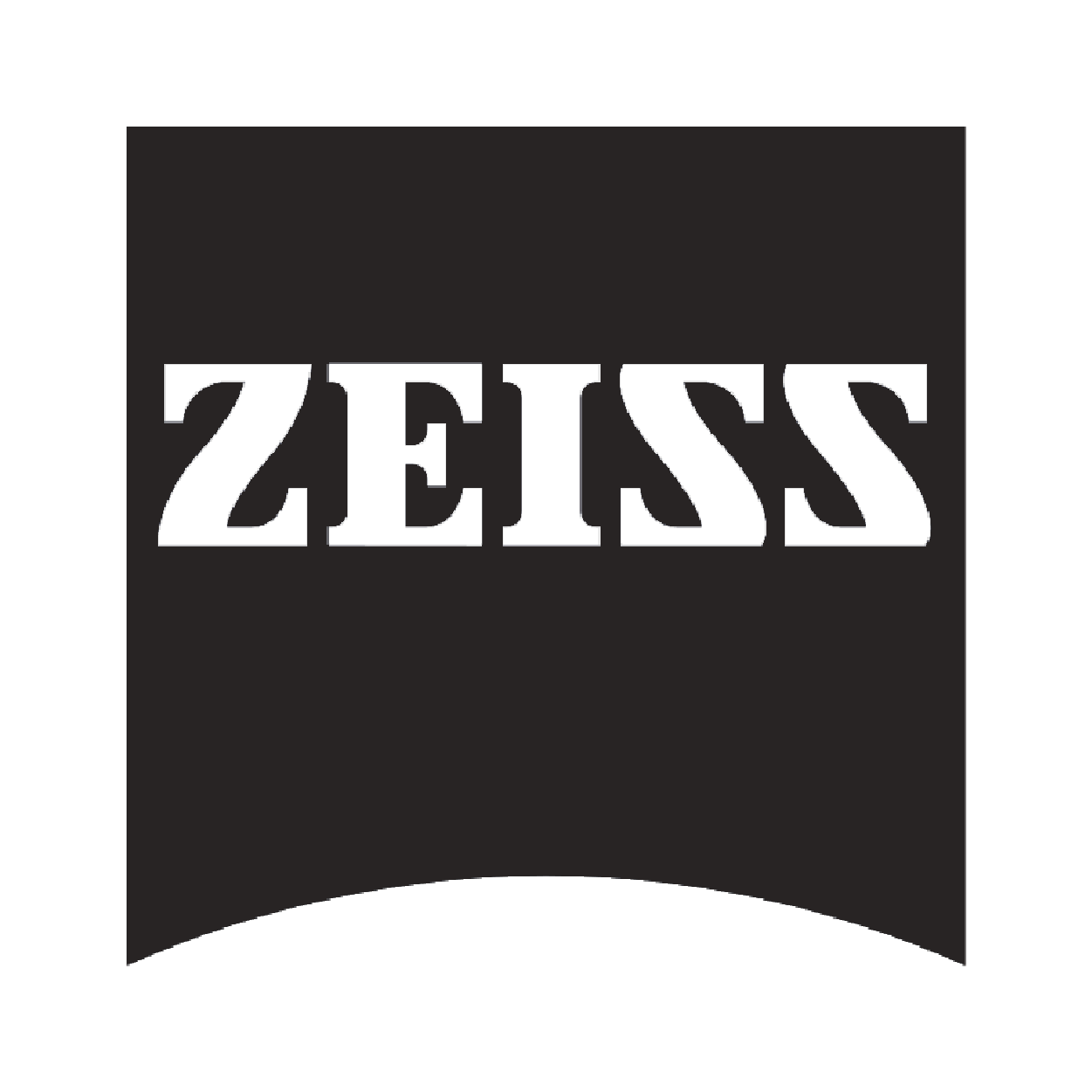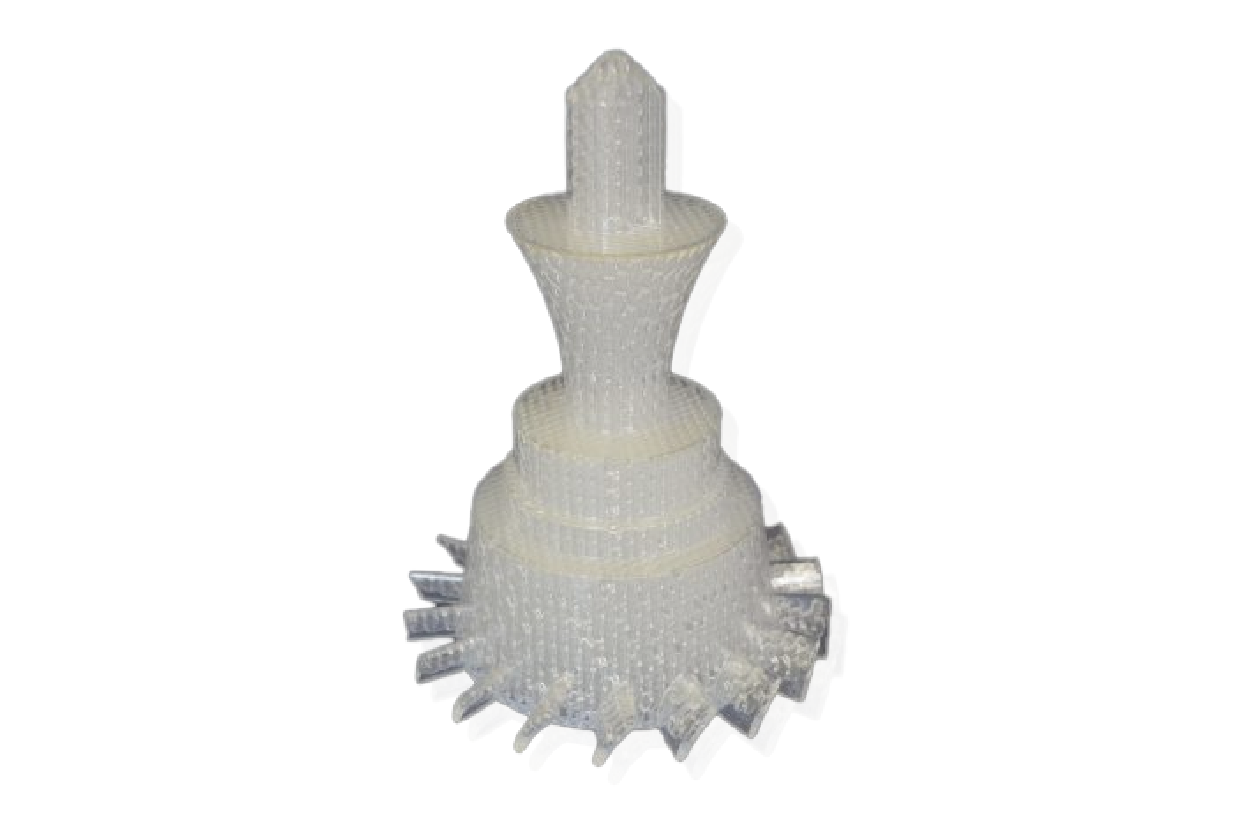
Learn more about SLA QuickCast® vs. traditional investment casting. SLA QuickCast® provides a faster and more cost-effective alternative to conventional investment casting. Leveraging the precision and speed of additive manufacturing, QuickCast® patterns can be produced quickly, reducing lead times and enabling rapid product development. In contrast, traditional investment casting relies on manual pattern creation, making it a lengthier process. This article explores both methods for creating master patterns to help you choose the best option for your project.
SLA QuickCast® vs. Traditional Investment Casting: What is the difference?
Manufacturers have traditionally used investment casting to create high-quality metal parts. However, introducing Stereolithography QuickCast® has provided a revolutionary alternative that is gaining popularity in the industry.
In traditional investment casting, a wax pattern is made and then coated with a refractory material to create a mold. Subsequently, the wax is melted, leaving a hollow cavity filled with molten metal. This method can be time-consuming and labor-intensive.
Conversely, SLA QuickCast® uses 3D printing technology to produce a lightweight, disposable pattern directly from a digital model. Subsequently, this investment pattern is in refractory material, and the metal is cast directly into the mold. The result is a highly accurate, complex part with a significantly reduced lead time.
One of Stereolithography QuickCast®’s main advantages is its ability to produce intricate geometries that would be challenging or impossible to achieve through traditional methods. Moreover, the 3D printing process allows for the creation of internal features, undercuts, and complex shapes that can enhance the functionality and design of the final product.
Additionally, SLA QuickCast® offers greater flexibility in terms of material selection. While investment casting is typically limited to metals, Stereolithography QuickCast® can accommodate a broader range of materials, including plastics and ceramics, thereby expanding the possibilities for product development.
As manufacturers continue to seek ways to optimize their production processes and stay ahead of the competition, adopting Stereolithography QuickCast® is expected to play a pivotal role in the industry’s future. This innovative technology, leveraging the power of digital manufacturing, is redefining the possibilities in the world of metal casting.
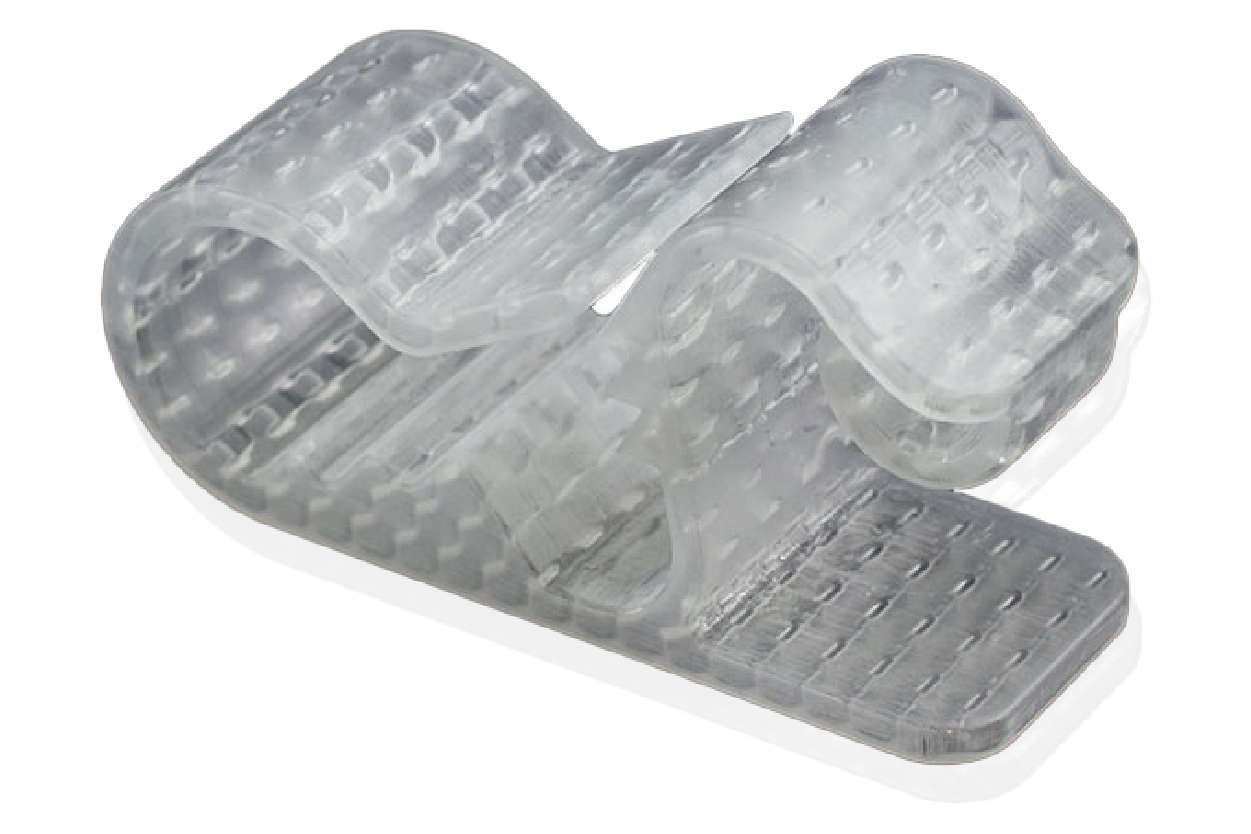
SLA QuickCast® vs. Traditional Investment Casting: Advantages
Additive manufacturing has revolutionized the production of prototypes and end-use parts. Specifically, SLA QuickCast® technology offers several advantages over traditional investment casting. The following are a few of the benefits of each of these techniques.
SLA QuickCast®
- Faster turn around times.
- Increased design flexibility.
- Improved part accuracy and surface finish.
- Cost-effective for low-to-medium production volumes.
Traditional Investment Casting
- Suitable for high-volume production runs.
- Ability to cast complex geometries.
- Wide range of material options.
- Proven reliability and durability.
Ultimately, the decision between SLA QuickCast® and traditional investment casting depends on your project requirements, production volumes, and desired part characteristics. Our experts at Prototek Digital Manufacturing can assist you in determining the best manufacturing solution for your needs.
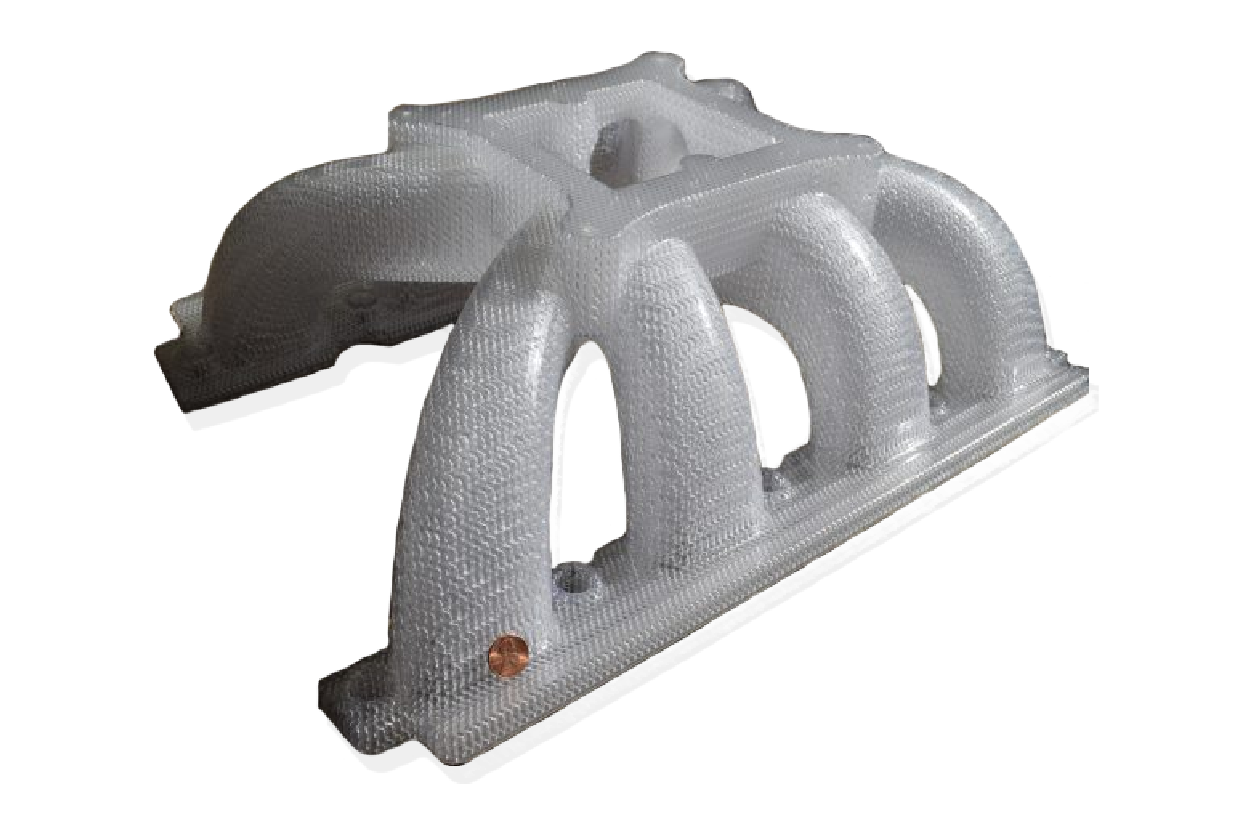
Which is best for your project?
For rapid prototyping and low-volume production, manufacturers often must choose between SLA QuickCast® and traditional investment casting. Both methods have advantages, and the choice depends on your project’s specific requirements. Therefore, we’ll explore the key differences between the two processes to help you determine the best option for your needs.
Stereolithography QuickCast® is a highly accurate and efficient additive manufacturing technique that uses a UV laser to cure liquid resin into a solid 3D model. This process allows for the creation of complex, intricate parts with great detail and precision. Additionally, one of the critical benefits of SLA QuickCast® is the ability to produce parts quickly and cost-effectively, making it an ideal choice for prototyping and low-volume production.
On the other hand, traditional investment casting is a well-established manufacturing process that involves creating a mold from a wax pattern, which is then used to cast the final metal part. This method is known for its ability to produce high-quality, durable parts with excellent surface finishes. While investment casting may require a longer lead time and higher upfront costs, it can be a more cost-effective option for larger production runs.
When deciding between Stereolithography QuickCast® and traditional investment casting, consider factors such as the complexity of your design, the required material properties, the production volume, and your budget. Stereolithography QuickCast® may be the better choice for intricate prototypes or small-scale production, while investment casting may be more suitable for larger, more robust parts.
At Prototek Digital Manufacturing, we have the expertise and capabilities to guide you through decision-making and help you select the best manufacturing solution for your project. Therefore, contact us today to learn more about our Stereolithography QuickCast® and investment casting services and how we can help bring your ideas to life.
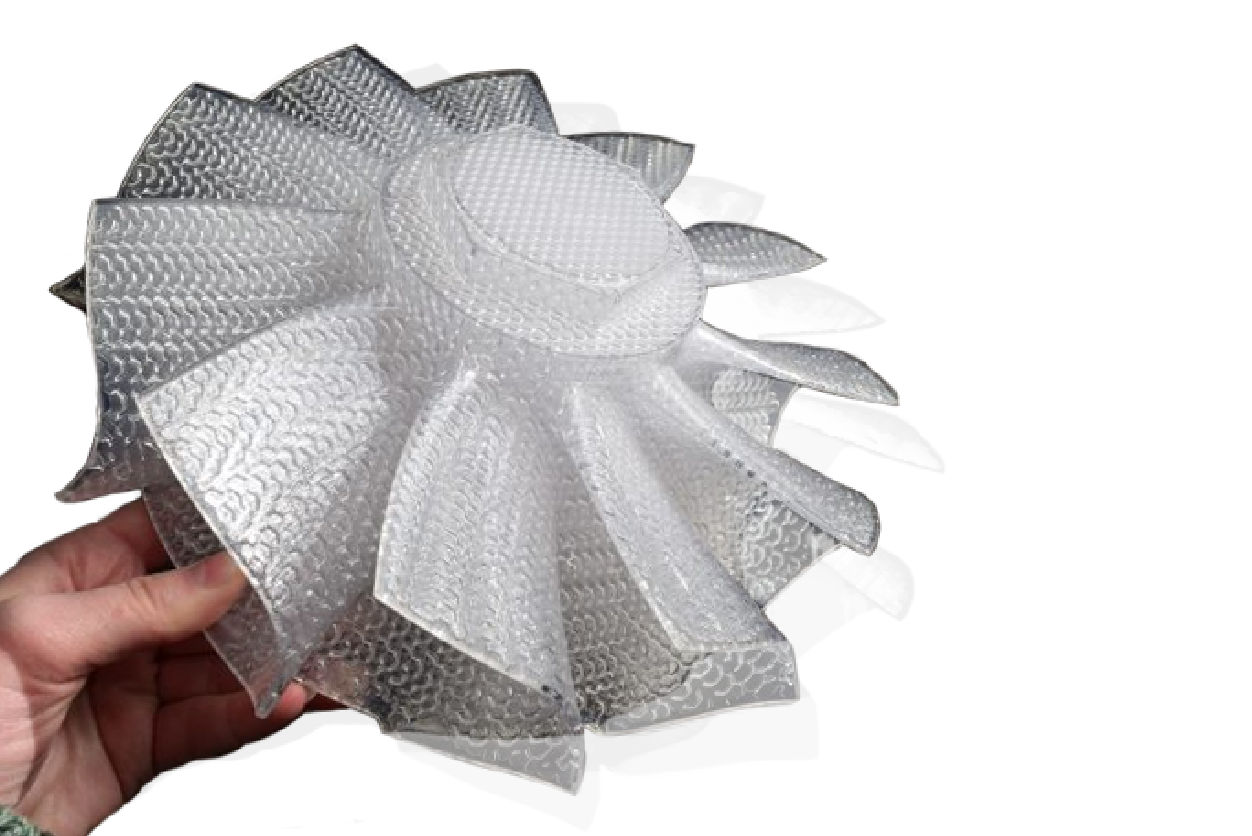
Are you ready to start your project?
FAQs
Prototek’s SLA QuickCast® provides a faster and more cost-effective alternative to traditional investment casting. Additionally, it delivers high-quality parts with reduced lead times and increased design flexibility.
Prototek’s rapid prototyping solution, SLA QuickCast®, employs stereolithography (SLA) technology to produce high-quality, detailed parts rapidly.
Traditional investment casting is a precise metal-forming process that involves creating a wax or plastic pattern, coating it, and then melting it to leave a hollow mold for casting.
Various industries use SLA QuickCast® and traditional investment casting, including aerospace, automotive, medical, and consumer products. This enables rapid prototyping and production of complex metal components.

